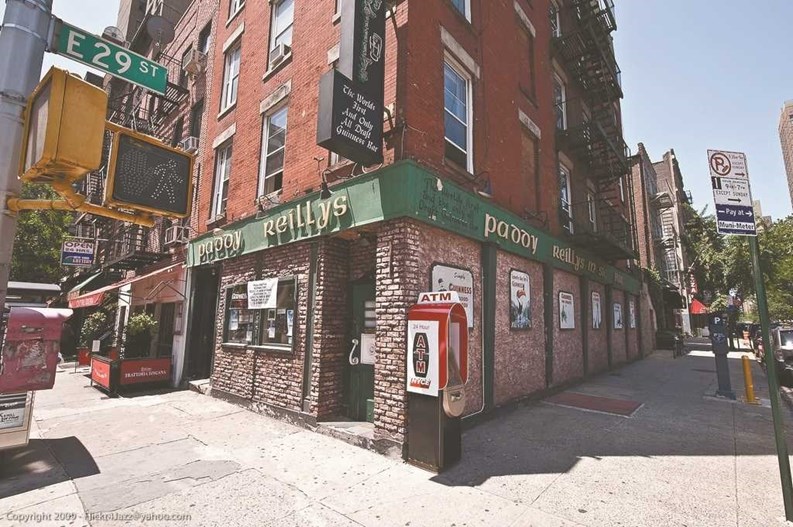If we gave Manhattan neighborhoods human personalities, the meatpacking district may be the hip, in-the-know popular cousin and Central Park South would be the conservative Wall Street banker uncle, it would stand to reason that Murray Hill is our dear old grandma, very quiet but endearing; you wouldn't want to spend Friday night with her but she has frequently offers gems of wisdom and history.
Grandma might tell us the how the neighborhood got it's name. The Murray family were Quakers who settled and farmed the land that now stretches from 33rd to 39th streets east of Madison Avenue. The name persevered though the family is no longer with us.
Today, a gradual stream of young professionals are snatching up apartments in the brownstones that line the East 30s and co-ops in apartment buildings closer to the river and the 40s. Real estate is more reasonably priced than anywhere else on the island south of Harlem; and being that everywhere in the neighborhood is a short walk from Fifth Avenue and Grand Central, it's as sure as any investment. Perhaps Murray Hill will never be a part of the glitz and glamor of the meatpacking district but there is a gradual evolution is underway, with new apartment towers being built on 34th Street and the restaurant and bar scene on Third Avenue becoming spicier with each liquor license issued.
The boundaries of the neighborhood are: 42nd Street to the north, 27th Street to the south, and Fifth Avenue to the west. Some stretch Murray Hill's eastern boundary all the way to the East River, but historians generally place it between Third and Second Avenues, which allows for Kips Bay and Tudor City to remain distinct waterfront neighborhoods. Real estate agents occasionally stretch the southern boundary to 23rd Street, to eliminate a gap between Murray Hill and Gramercy. Park Avenue brings heavy two-way traffic through the area, but Third Avenue has more delis, bars, and shops. East to west, 34th and 42nd are the grandest and busiest streets.
Average Price to Buy
Most of the beautiful brownstones in the lower 30s are being held by the well-to-do families that have owned them for decades. But there are plenty of co-op spaces turning over continuously. Recent real estate sales show that the average listing price for a condo in Murray Hill is $940,075 with the median sales price being $840,000. The average price per square foot is $1,013.
These prices for Manhattan are a tremendous bargain when you consider that average listing prices for The Upper East Side and Upper West Side are $2,692,956 and $2,289,846 respectively.
The Morgan Library and Sniffen Court carriage houses on 36th Street are architectural tour stops. Whether for use or touring, the New York Public Library brings many guests to Murray Hill, as does the Queens-Midtown Tunnel (though the constant traffic and noise are not so welcomed by residents).
A Quiet Place to Call Home
Speaking of residents, the Murray Hill Neighborhood Association is a small but active group of locals who maintain the area greenery by keeping tree support hoops sturdy and planting flowers in the Park Avenue median. The group's Ivy League maintains the area ivy beds. Community Board 6 includes several residents and takes neighborhood issues to City Council. As far as cultural institutions, Murray Hill lacks in movie theaters but does feature a handful of performance spaces with diverse calendars. The New York Art Theatre on Park Avenue, the Folksbiene Yiddish Theater on 33rd, and the Jewish Repertory Theater on 40th are there, just to name a few.
Though often overlooked, Murray Hill is a thriving neighborhood full of gems, and many residents like the fact that the neighborhood hasn't gained the attention and popularity of other nearby neighborhoods.
Liam P. Cusack is associate editor of The Cooperator.





Comments
Leave a Comment